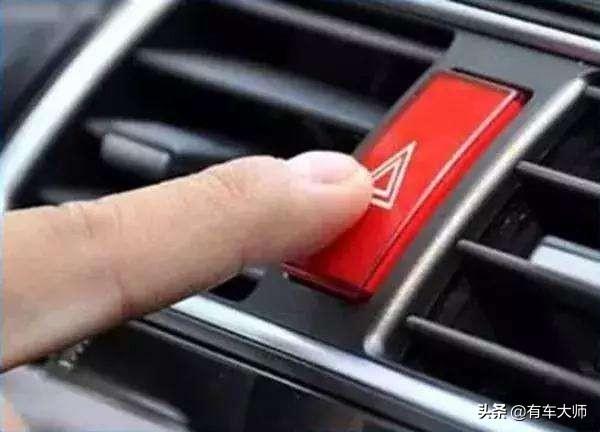Pterional Approach
Indications for this approach
This approach allows to dissect the entire sylvian fissure and hence to dominate the anterior circulation and partly posterior circulation. Also the anterior cranial fossa, the peri and suprasellar region, the frontal and temporal opercula, the orbital gyri and the frontal and temporal poles are easily approached.


Body positioning
-
Supine position
-
Ipsilateral shoulder elevated
-
Head elevated 10° - 15° over the heart
-
Knee gently flexed
Shoulder Elevation
Avoid over rotation of the neck by elevating the ipsilateral shoulder


Head positioning
Rotation
Controlaterally, from 15° to 60° depending on the position of the pathologic condition. In general, more posterior and basal targets need more rotation.
Extension
From 10° to 30°, depending on the position of the pathologic condition. In general more basal and anterior target need less extension of the head.
Malar Eminence
Regardless the position of the target, the malar eminence must always be the highest point of the operating field




Anatomical landmarks
-
Tragus
-
Midline
-
Zygomatic arch (by palpating)
-
Temporal muscle line (by palpating)

Skin incision
Incision should stay behind the hairline: in those patients with high hairline, it's advisable to make a wider skin incision passing behind the hairline.
The inferior ending of the incision is placed in front of the tragus (5 mm approx.). The superior ending is at the level of the midline. Then these two points must be connected with a arcuate line.
Skin incision should be performed in two steps: First incision from the midline to the superior temporal line, full thickness; Second incision from the superior temporal line to the zygomatic arch, just skin and subcutaneous in order to spare the temporalis fascia.
Facial Nerve
Distance from the tragus is fundamental as a too anterior incision can damage the temporal artery and, more importantly, the frontal branch of the facial nerve


Temporal muscle dissection
Temporal muscle dissection can be achieved in two ways: one layer or two layer.
One layer dissection is faster and allow to virtually eliminate the risk of damaging the frontal branch of the facial nerve.
Two layer technique allows to gain more space toward the skull base and the lateral orbit. This technique is necessary when a fronto-orbito-zygomatic craniotomy is planned.
Before dissecting it is fundamental to understand the anatomy of the frontal branch of the facial nerve and its course.
The Frontal Branch of the Facial Nerve
The temporalis muscle is covered by a superficial fascia, which consists of two layers, superficial and deep, separated in their anterior portion by a pad of adipose tissue and by a deep fascia more attached to the skull and that protects its vasculature (anterior, intermediate and posterior deep temporal arteries, branches of the maxillary artery) and its innervations (temporal branches of the mandible branches of the trigeminal nerve).
Once the cutaneous flap has been reflected and the temporalis fascia is evident, this pad of fat is found approximately in the middle of an imaginary line connecting the rim of the orbit with the rotor the zygomatic arch. The frontal nerve runs in this pad from a deeper to a more superficial plan.
One layer technique
The muscle is incised with a scalpel or a monopolar cut along the insertion on the superiore temporal line. Here a little cuff of muscle should be left to facilitate the attaching of the muscle during closure.
Another incision of the muscle is performed vertical and posteriorly to the latter. Then the muscle is detached from the skull with a monopolar cut or elevators.
Two layers technique
Because of the position of the frontal branch, dissecting through the fat pad means cutting the nerve.
Conversely, a dissection layer must be reached beneath the fat pad. At this level the muscle fibers will be evident and the detachment of the muscle from the bone can start in an anterior to posterior direction.
At this stage an incision on the attachment of the muscle to the superior temporal line must be made with a knife or monopolar cut in order to finish the detachment and push the muscle posteriorly and inferiorly with hooks.




Craniotomy
Normally 3 blur holes are recommended in the classic pterional craniotomy.
The first trepanation must be set between the superior temporal line and the frontozygomatic suture of the external orbital process.
The second trepanation is performed on the most posterior extension of the superior temporal line.
The third one should be made on the inferior portion of the squamous part of the temporal bone.
After removing the bone flap, a fundamental step is to drill flat the anterior cranial base, the the orbital roof and the lesser wing of the sphenoid bone. The accuracy of the drilling allow a perfect access to the skull base and basal cistern strongly reducing brain retraction.
In order to reduce the number of the burr holes, a single burr hole can be made onto the pterion. In this way it is possible to give access to the frontal and temporal bone.



Dural Opening
Dura should be incised in a C-like shape and reflected toward the cranial base. Then, stitches are placed to suspend it.


References
Altay T, Couldwell WT.The frontotemporal (pterional) approach: an historical perspective. Neurosurgery. 2012 Aug;71(2):481-91; discussion 491-2. doi: 10.1227/NEU.0b013e318256c25a.
Ormond DR, Hadjipanayis CG The history of neurosurgery and its relation to the development and refinement of the frontotemporal craniotomy.Neurosurg Focus. 2014 Apr;36(4):E12. doi: 10.3171/2014.2.FOCUS13548. Review
Krayenbühl N, Isolan GR, Hafez A, Yaşargil MG The relationship of the fronto-temporal branches of the facial nerve to the fascias of the temporal region: a literature review applied to practical anatomical dissection. Neurosurg Rev. 2007 Jan;30(1):8-15
Authors

Giannantonio Spena, MD
Neurosurgeon ConsultantUniversity of Brescia"Spedali Civili" Hospital Brescia (Italy)

Federico Nicolosi, MD
Neurosurgeon University of Milan"Spedali Civili" Hospital Brescia (Italy)
,




